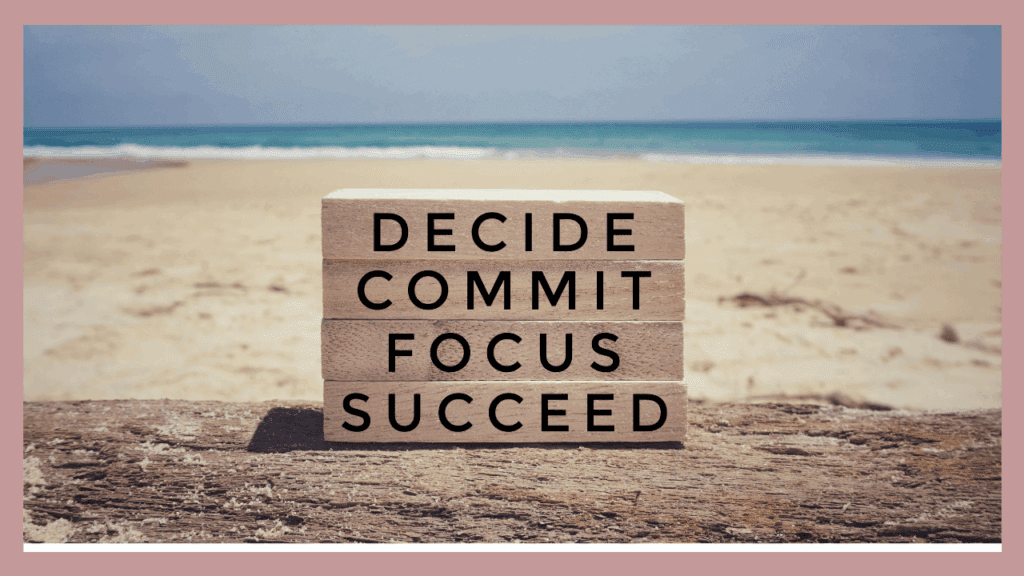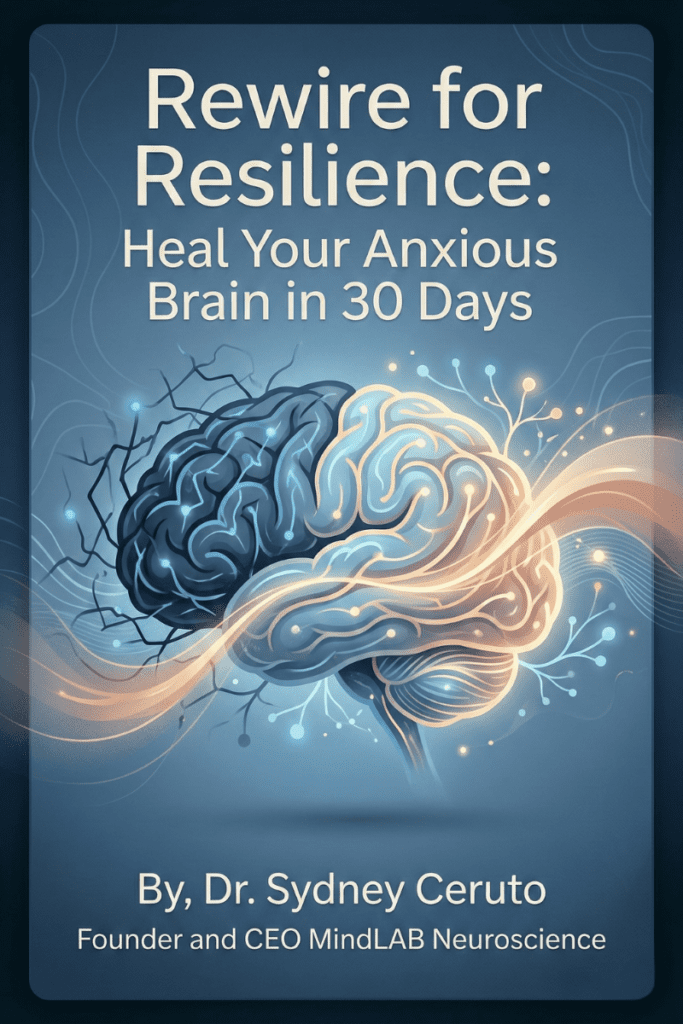What is Motivation?
Motivation is an internal process. Whether we define it as a drive or a need, motivation is a condition inside us that desires a change, either in the self or the environment. When we tap into this well of energy, motivation endows the person with the drive and direction needed to engage with the environment in an adaptive, open-ended, and problem-solving way.
The essence of motivation is energized and persistent goal-directed behavior. When we are motivated, we move and take action.
Motivation is influenced by satisfying needs for sustaining life or well-being and growth. Physiological needs for food, water, and sex (yes, sex) serve the organism to maintain life and provide satisfaction.
Psychological needs for autonomy, mastery, and belonging direct our behavior similarly. As do the needs for achievement, power, closure, meaning, and self-esteem. Some of these needs will become motives, as will all our intrinsic activities.

Our environment and social context will play a significant role in terms of extrinsic motivation. We will also be motivated by goals, values, and desires to experience specific emotions associated with certain end-states.
The best way to explain motivation is to show what it looks like in everyday life. Here is an example of possible motivational reasons a person could have to engage in exercise.
| Reasons to Exercise | Type of Motivation | Real-Life Examples |
|---|---|---|
| Fun, enjoyment | Intrinsic motivation | Children run, jump, and chase simply for the sheer fun of it. |
| Personal challenge | Flow | Performers get “in the zone” when their pursuits optimally challenge their skills. |
| Forced to do so | External regulation | Athletes exercise because their coach tells them to do so. |
| Accomplish a goal | Goal | Runners strive to run a mile in six minutes or less. |
| Health benefits | Value | Patients exercise to lose weight or to strengthen the heart. |
| Inspiration | Possible self | People watch others exercise and become inspired to do the same. |
| Pursuit of a standard of excellence | Achievement strivings | Snow skiers race to the bottom of the mountain, trying to beat their previous best time. |
| Satisfaction from a job well done | Competence | As exercisers make progress, they feel more competent, and more effective. |
| An emotional kick | Opponent process | Vigorous jogging can produce a runner’s high, a euphoric rebound to the pain. |
| Good mood | Positive affect | Being in nature can induce a good mood such that people exercise spontaneously, skipping along without knowing why. |
| Alleviate guilt | Introjection | People exercise because they think that is what they should or ought to do to please others or relieve their guilt. |
| Relieve stress and anxiety | Personal control | After a stressful day, people go to the gym, which they see as a structured and controllable environment. |
| Spend time with friends | Relatedness | An exercise is often a social event, a time to enjoy hanging out with friends. |
The study of motivation in psychology revolves around providing the best possible answers to two fundamental questions: what causes behavior, and why does behavior vary in intensity?
Motivational science is a behavioral science that seeks to construct theories about what constitutes human motivation and how motivational processes work.
Motivation, when seen in the real world and when measured by science, becomes visible and detectable through behavior, level of engagement, neural activation, and psychophysiology. Some would also include self-reports in this list, but studies show that self-reports have proven unreliable information sources.
Behavior
So how does motivation behave? With presence, intensity, and quality. Motivation is visible through gestures and facial expressions, intense effort, and immediacy (or, as psychologists call it, short latency).
The presence of motivation can also be inferred from the levels of persistence and decisiveness in choosing one goal over another, which, taken together, make for a high probability of occurrence.
Engagement
Motivation can also be inferred from the level of engagement.
For example, in a coaching scenario or a motivational interview, a competent practitioner will enthusiastically and generously contribute to the flow of conversation (agentic engagement), express interest and enjoyment (emotional engagement), process profoundly, and pay attention (cognitive engagement), and persist in these efforts as if time and the outside world didn’t exist (behavioral engagement). And yes, many don’t have those kinds of conversations often.
Psychophysiology
There are five psychophysiological expressions of motivation:
| Psychophysiological Expressions | |
|---|---|
| Hormonal activity | Chemicals in saliva or blood include cortisol (stress) or catecholamines (fight-or-flight reaction). |
| Cardiovascular activity | Contraction and relaxation of the heart and blood vessels (as in response to an attractive incentive or a problematic/challenging task). |
| Ocular activity | Eye behavior—pupil size (extent of mental activity), eye blinks (changing cognitive states), and eye movements (reflective thought). |
| Electrodermal activity | Electrical changes on the skin’s surface (in response to a significant or threatening event). |
| Skeletal activity | Musculature activity, as with facial expressions (specific emotion), bodily gestures, or shifting one’s weight from side to side during a boring hallway conversation (desire to leave). |
Brain Activations
Like changes in behavior, engagement, and psychophysiology, brain activations mark the rise, fall, and maintenance of motivational states. A different pattern of neural activity is present with each motivation and emotion. For example, the hypothalamus is active when we are thirsty, and when we feel disgusted, there is a rise in insular activity.
Researchers use sophisticated equipment like
(EEG) and functional magnetic resonance imaging (fMRI) to observe, detect, monitor, and measure brain-based neural activity.
Putting all this together to answer the perennial question of what motivation is, but most notably what it does, we define motivation as the rising and falling of needs, cognition, and emotions expressed through patterns of behavior, levels of engagement, and neural and psychophysiological activity directed toward realizing essential life outcomes.
Motivation Model
Most motives are internal experiences of needs, cognitions, and emotions and are the direct and proximal causes of motivated action. Social contexts and external events are antecedents to motives that cause or trigger motivational states. Our motives express themselves through behavior, engagement, psychophysiology, brain activations, and self-report.
Motivation Process
Our motivation, when it originates from internal motives, as categorized into needs, cognitions, and emotions, is often experienced as more immediate and potent than extrinsic motivation.
Since we don’t exist in a vacuum, however, these inner experiences cannot take place without some degree of external influence, be it in the form of consequences, incentives, or other forms of pressure arising out of the social context of our environment.
Our physiological needs drive us, our cognitions direct us, and emotions land intensity and energy to our pursuits. When the combination of antecedent conditions and the internal motives align, they create a ripe environment for engagement, which propels the action behavior.
When these behaviors, in turn, create more positive motivational and emotional states, they reinforce the behavior through a positive feedback loop and increase the likelihood of repetition.
Consider a motivational problem like procrastination or avoidance
Our needs, cognitions, emotions, environments, and relationships can be crucial in procrastination or avoidance.
All needs are born either out of deficiency or need for growth. Physiological needs are a powerful force in determining behavior. Our bodies will signal our brain if our well-being is threatened, and this can lead to avoidance and procrastination when we are suffering from hunger, thirst, or lack of sleep, for example.
Psychological needs are also significant motives drivers, representing inborn needs for developing a sense of autonomy, competence, and relatedness. When we try to force ourselves to do something that contradicts those needs, these innate forces can be tough to overcome.
The conflict between chosen behavior and the need to satisfy psychological needs like autonomy can create dissonance, leading to avoidance or procrastination. While fulfilling physiological needs is about preserving well-being, satisfying psychological needs is about thriving and growing.
There are also implicit needs acquired from our environment through socio-emotional development. They vary from person to person as our experiences vary, and unlike inborn psychological needs, implicit motives are acquired.
Implicit here means unconscious. These needs occur without conscious awareness and are trait-like and enduring. Implicit needs motivate us to pursue and attain specific social incentives.
An implicit motive is a psychological need that arises from situational cues that cause emotional reactions, which predict, guide, and explain people’s behavior and lifestyle. They can be inferred from the person’s thoughts, emotions, and behaviors. What a person “needs” within an implicit motive is to experience a particular pattern of affect or emotion.
For example, suppose we have little or no need for achievement. In that case, we may experience adverse effects, such as anxiety, shame, and embarrassment while engaging in that challenging task, and will avoid or procrastinate. Implicit motives predict our behavior far more accurately than explicit motives, basically what we tell others about what motivates us.
Our cognitions can also influence our tendency to avoid or procrastinate. Cognitions are mental constructs like goals, mindset, expectations, beliefs, and self-concept, to name a few, that influence our motivation. For example, we may be more likely to avoid or procrastinate if we have conflicting goals.
Emotions, although closely linked to cognitions and psychological needs, in and of themselves, can motivate or demotivate. They can signal the importance of particular behavior. We may feel joy or pride at the possibility of goal attainment through engagement in a particular behavior, or we can be afraid of failure and choose to avoid or procrastinate.
Our environment can also be ideal and supportive or an obstacle to staying motivated and achieving our goals. It can be full of distractions or lack optimal conditions that allow for sustained motivation.
Finally, our relationships can be supportive and empowering regarding the change. This can be explained through a concept like the Michelangelo phenomenon, where our relationships support our potential. They can also be demotivating, as in the Blueberry phenomenon, where the relationship brings out the worst in us and can contribute to procrastination and avoidance.
Motivation Cycle
Motivation is a dynamic process, and our motives vary over time. Raising and falling as circumstances change and as time passes, motives contribute to the ongoing stream of behavior. To further complicate matters, we are driven by many different motives at any one point in time.
One motive, usually the most situationally appropriate, will be strongest and dominate our attention, while others will be subordinate and lie relatively dormant. Although typically, the strongest motive will influence our behavior most, each subordinate motive can become dominant as circumstances change.
Short-term goals work better for uninteresting activities as they boost commitment by providing feedback on progress more often, reinforcing the effort to persist.
However, motivation to perform routine or boring activities can be improved by providing clarity of goals and choice in how to perform a task. Clarity and choice can fuel a sense of mastery and autonomy, and both, in combination, can increase overall motivation as they satisfy basic psychological needs.
Regarding exciting tasks, long-term goals work better as they often provide greater flexibility and more autonomy in pursuing them. Short terms milestones can feel intrusive to exciting activities. Autotelic activities are already engaging, and we are often intrinsically motivated to perform them because they produce enjoyment. But most importantly, we are motivated to pursue them in the absence of external rewards or incentives.
We also need to remember that motivation to act on the goals is often higher when the goal is based on the near future, while far-off goals do not create the tension of immediacy that would motivate us to act right away.
Book your One-hour Elite Insight Strategy Call with Dr. Sydney Ceruto





